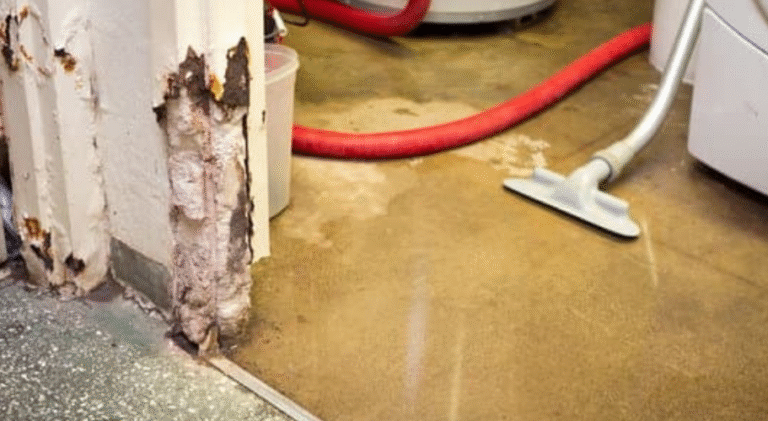How the Mitsubishi AC Compressor Keeps Your Car Cool: A Complete Guide
When summer temperatures rise, one of the most important features in your Mitsubishi is its air conditioning system. At the center of this system is the Mitsubishi AC compressor, often described as the “heart” of vehicle cooling. Without it, refrigerant cannot flow, and your cabin quickly becomes uncomfortable. In this guide, we’ll explore how the compressor works, its connection to other components, and why it’s vital for your car’s comfort and performance.
Understanding the Role of the AC Compressor
The AC compressor in a Mitsubishi is responsible for pressurising and circulating refrigerant throughout the air conditioning system. Think of it as a pump that moves refrigerant between the evaporator and condenser, ensuring that heat is absorbed inside the car and released outside.
Key functions include:
- Compressing low-pressure refrigerant gas into high-pressure gas
- Sending refrigerant to the condenser for cooling
- Regulating the refrigerant flow to maintain consistent cabin temperature
Without this process, the system would be unable to produce cold air, no matter how much refrigerant is in it.
How the Compressor Works in Refrigerant Circulation
To appreciate how your Mitsubishi AC compressor keeps you cool, it helps to understand the refrigerant cycle:
- Low-pressure gas intake – The compressor draws in low-pressure refrigerant vapor from the evaporator.
- Compression – Inside the compressor, the gas is compressed, raising both its pressure and temperature.
- Transfer to condenser – The hot, high-pressure gas moves to the condenser, where it releases heat to the outside air.
- Expansion and cooling – The refrigerant then passes through an expansion valve and into the evaporator as a cold, low-pressure liquid.
- Absorbing cabin heat – Inside the evaporator, the refrigerant absorbs heat from the cabin air, turning back into vapor and returning to the compressor.
This closed-loop cycle is repeated continuously as long as your AC is on, ensuring a steady flow of cool air inside the vehicle.BusinessThis closed-loop cycle is repeated continuously as long as your AC is on, ensuring a steady flow of cool air inside the vehicle.
See also: Why Are Business Flights to India Becoming More Popular Among Global Executives?
Connection to Other System Components
The Mitsubishi air conditioning system works as a team of parts, and the compressor is the leader. Its effectiveness depends on the health of other components:
- Condenser – Works like a radiator, cooling down the high-pressure refrigerant gas from the compressor.
- Evaporator – Absorbs heat from the cabin air, allowing cold air to blow through your vents.
- Expansion valve – Controls how much refrigerant enters the evaporator.
- AC clutch and belt – Allow the compressor to engage and disengage when needed, helping manage engine load and fuel efficiency.
If the compressor fails, none of these parts can do their jobs effectively.
Signs of a Failing Mitsubishi AC Compressor
Over time, even durable Mitsubishi AC compressors wear out. Recognising early signs of failure can save you from more costly repairs:
- Weak or no cooling – Warm air blowing from the vents is the most common indicator.
- Strange noises – Grinding, squealing, or rattling sounds often mean internal compressor damage.
- Refrigerant leaks – Oil or refrigerant leaking around the compressor housing can reduce cooling performance.
- Clutch failure – If the compressor clutch won’t engage, the system can’t pressurise refrigerant.
- Dashboard warning lights – In newer Mitsubishis, AC-related error codes may trigger a check-engine light.
Ignoring these symptoms can lead to complete system breakdown.
Average Lifespan of a Mitsubishi AC Compressor
A well-maintained Mitsubishi aircon compressor typically lasts between 8 to 12 years, or about 150,000 to 200,000 kilometers, depending on driving conditions. However, factors such as extreme heat, frequent AC use, or lack of maintenance can shorten its lifespan.
Regular servicing—such as checking refrigerant levels, inspecting belts, and cleaning the condenser—can extend compressor life significantly.
Why Timely Replacement Matters
When a Mitsubishi AC compressor fails, the entire cooling system is affected. Here’s why replacing it promptly is crucial:
- Prevents further damage – A broken compressor can send metal debris into the system, damaging the condenser and evaporator.
- Restores efficiency – New compressors restore proper refrigerant circulation, improving cooling and fuel economy.
- Protects comfort – In hot weather, working AC isn’t just a luxury—it’s essential for safe and comfortable driving.
- Maintains resale value – Buyers expect a reliable cooling system, especially in warm climates.
Delaying replacement only increases repair costs and risks.
Tips for Choosing the Right Replacement
If your Mitsubishi AC compressor needs replacement, consider the following:
- OEM vs Aftermarket – OEM parts ensure perfect fit and performance, while aftermarket options may be more affordable.
- Warranty – Always choose a compressor with at least a 1-year warranty.
- Compatibility – Verify part numbers and model compatibility before purchase.
- Professional installation – A certified technician should handle replacement to avoid refrigerant mishandling or installation errors.
Conclusion
The Mitsubishi AC compressor is the powerhouse behind your car’s cooling system. By compressing refrigerant and circulating it through the system, it ensures your cabin stays comfortable, even in scorching weather. Understanding how it works, recognising signs of failure, and replacing it on time will keep your Mitsubishi running efficiently and comfortably.
When your AC stops performing, don’t ignore it—the compressor might be calling for attention. A timely repair or replacement not only restores comfort but also protects the overall health of your air conditioning system.






